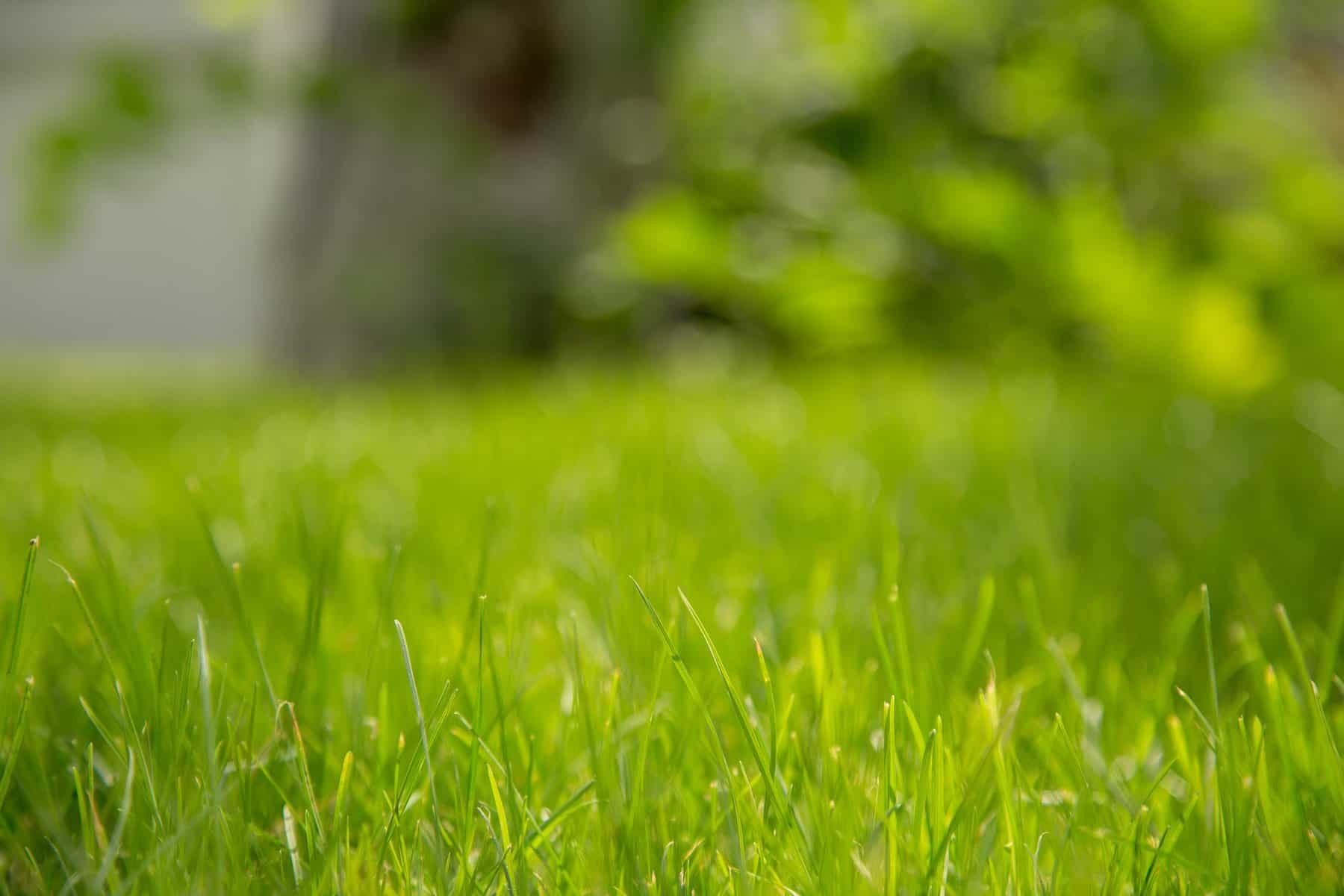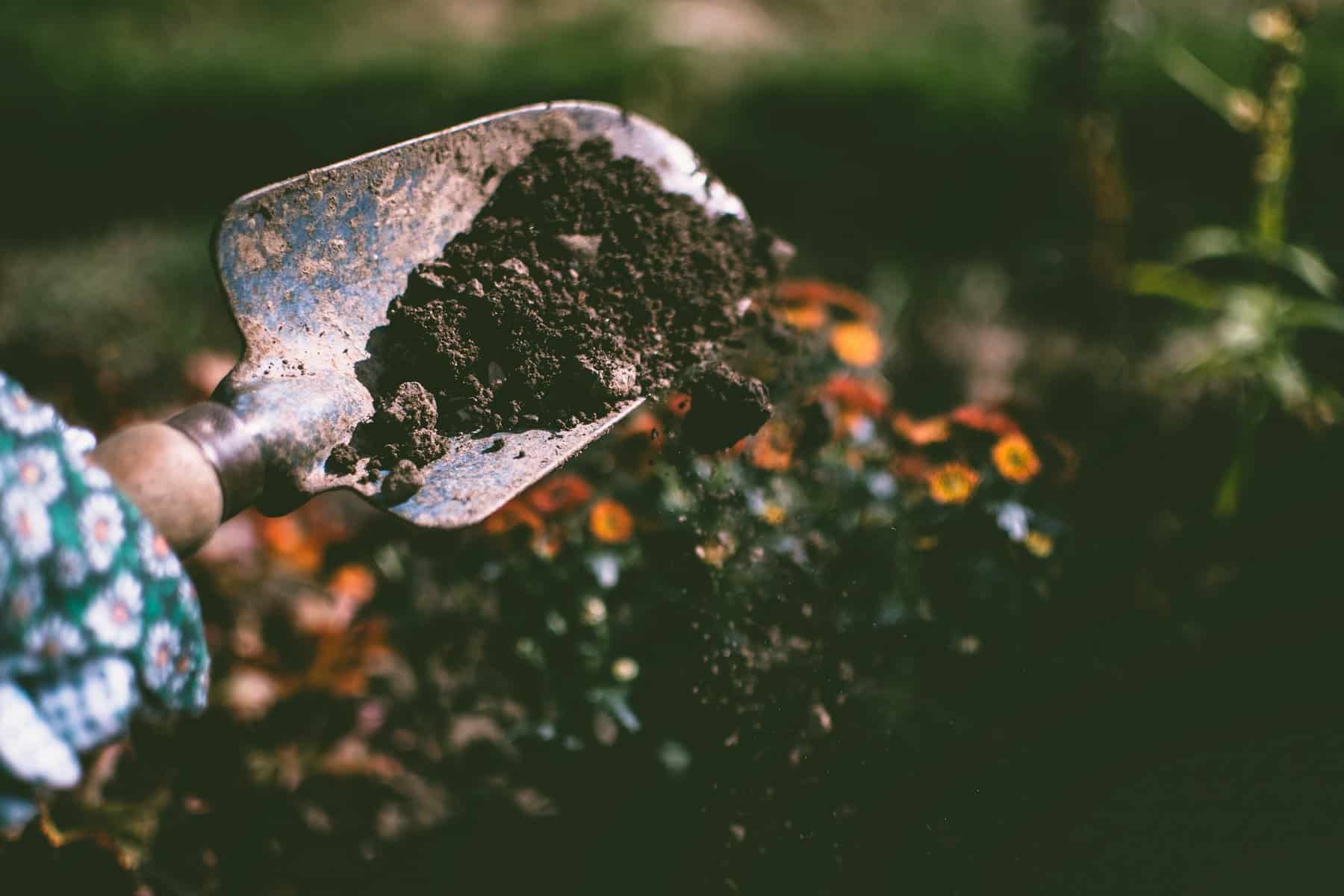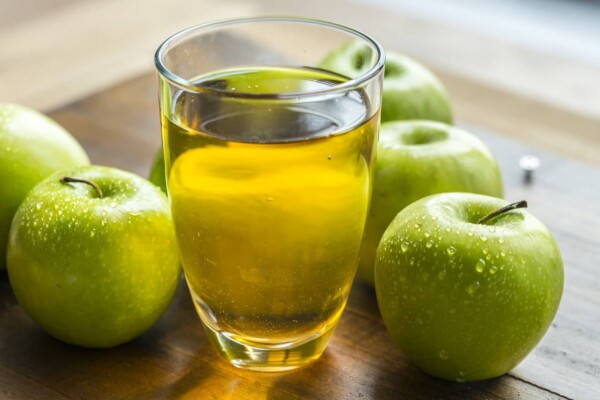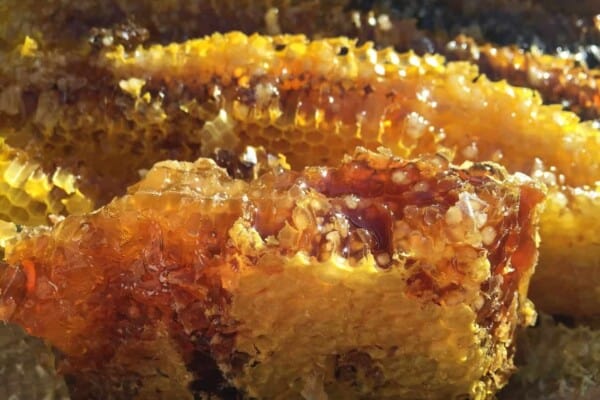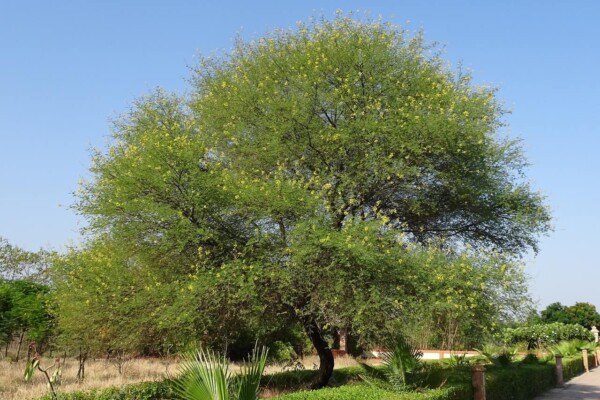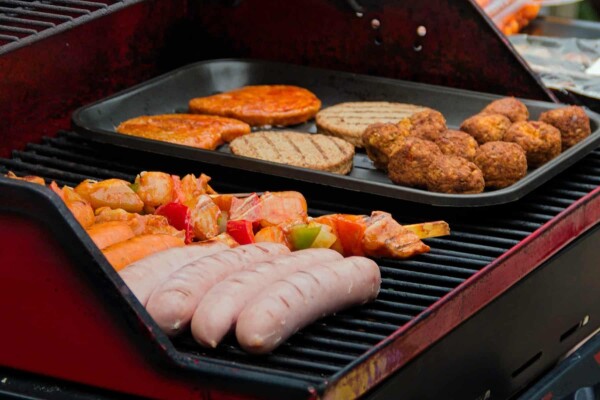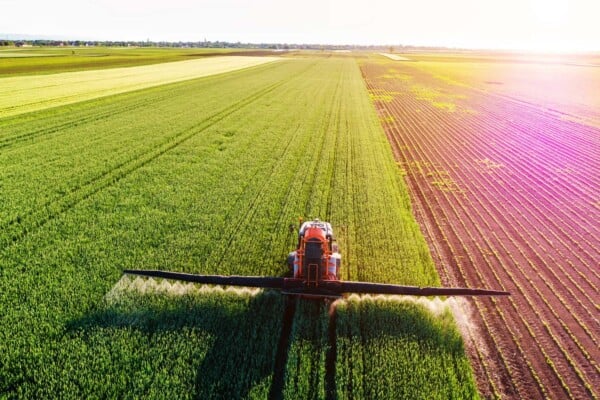If you want your lawn or garden to be beautifully lush and green then you will need to fertilize it on an annual basis.
The more nutrients you give the grass, the more it will thrive, which is very important for your lawn so that it may grow before the weeds eventually make their way through.
But if you’re a newbie when it comes to growing your own lawn then you may be wondering right now what fertilizer you should go for.
So, in this article we will bring you up to speed on what could very well be the perfect fertilizer for your front lawn, the 13-13-13 formula.
But what exactly is this formula and most importantly, how is it any better than all the other alternatives on the market?
Let’s find out together as we go over everything you need to know about the 13 13 13 fertilizer, starting off with the basics:
Why Should You Use the 13-13-13 Fertilizer on Your Lawn?
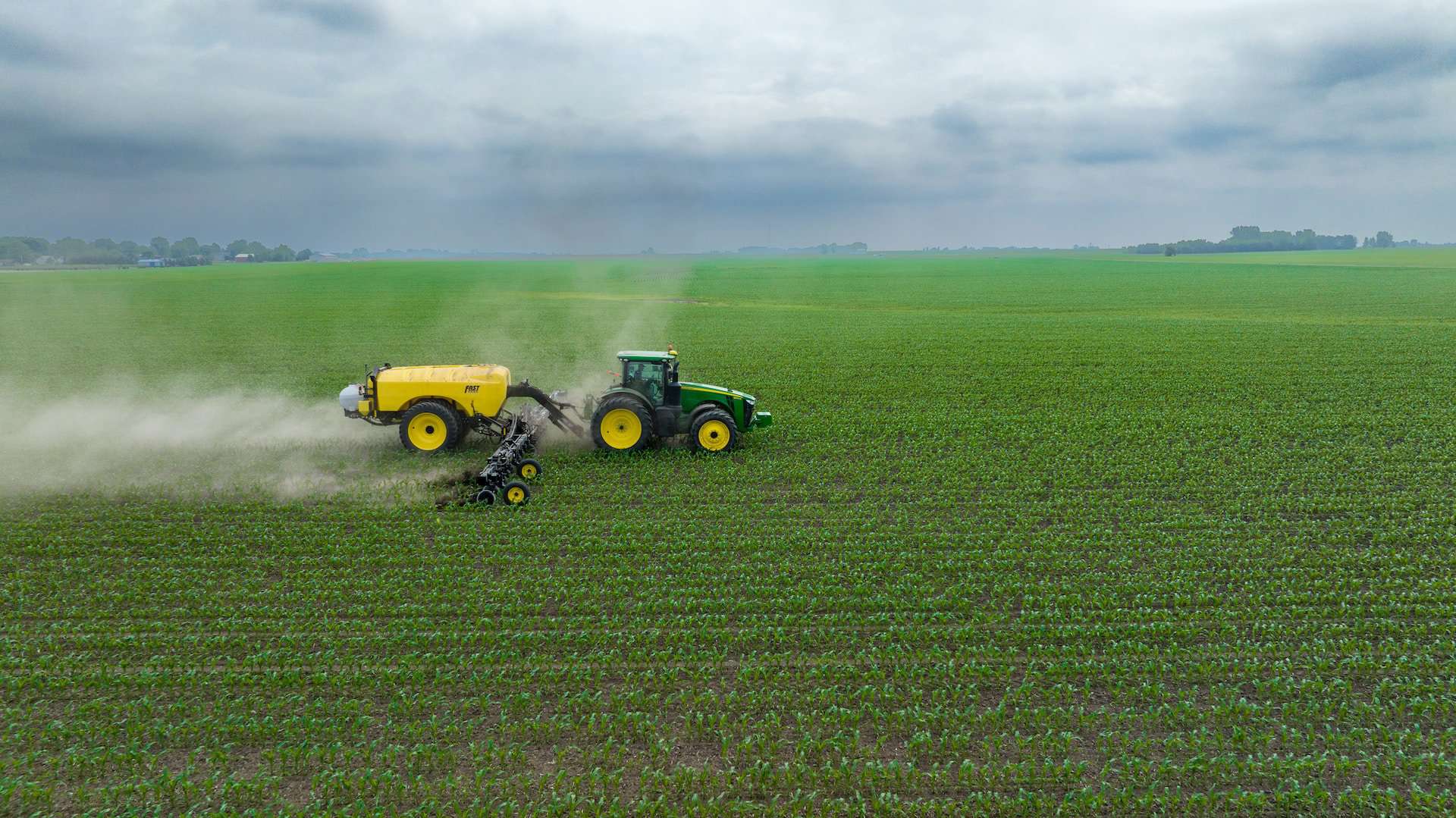
The main reason as to why so many people opt for the 13-13-13 fertilizer in the first place is the fact that its formula is perfectly tailored for your lawn.
That formula includes nitrogen, phosphorous and potassium, all very important ingredients that your lawn needs in order to sprout.
You should use the 13-13-13 fertilizer right after you reseed your lawn, but just because it’s great for the lawn that doesn’t mean that it can only be used exclusively for it.
In fact, you can also use the 13-13-13 fertilizer to feed ornamental flowers and shrubs, as this formula is known to support healthy foliage which they all need.
What Do the Numbers in 13-13-13 Stand For?
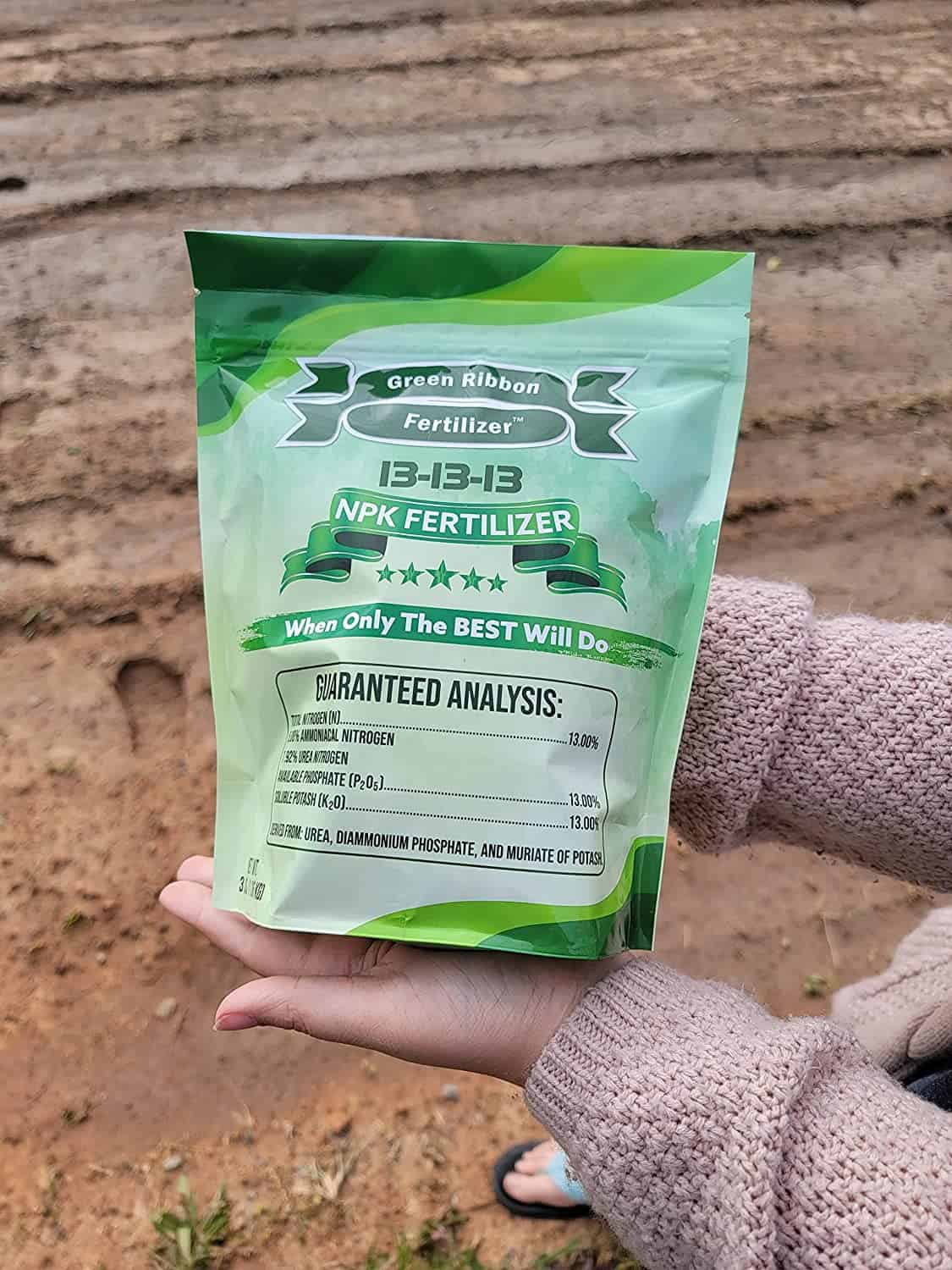
In case you didn’t know by now, most commercial fertilizers are listed off with three numbers separated by hyphens.
These numbers are actually indicators of the percentage of nitrogen, phosphorous and potassium that the fertilizers have in their composition.
So, now that we know that, what exactly do the 13s in the 13-13-13 fertilizer stand for? Well, it’s pretty self-explanatory in that the name is meant to indicate to you that the 13-13-13 fertilizer has 13% nitrogen, 13% phosphorous and 13% potassium in its composition.
Why does this matter though? Well for starters, nitrogen is a must-have for the process of photosynthesis.
Without this very special ingredient, the plants turn yellow and they start producing very slim and anemic-looking leaves, which is the opposite of good.
Phosphorous on the other hand is vital for the cell division and the growth of new tissue. Without phosphorous, your plants will grow very slowly and in most cases they’ll also become stressed.
Last but not least we have potassium, which is very important in that it enables the plants to use the moisture that they can find in the ground. At the same time, potassium increases their drought tolerance.
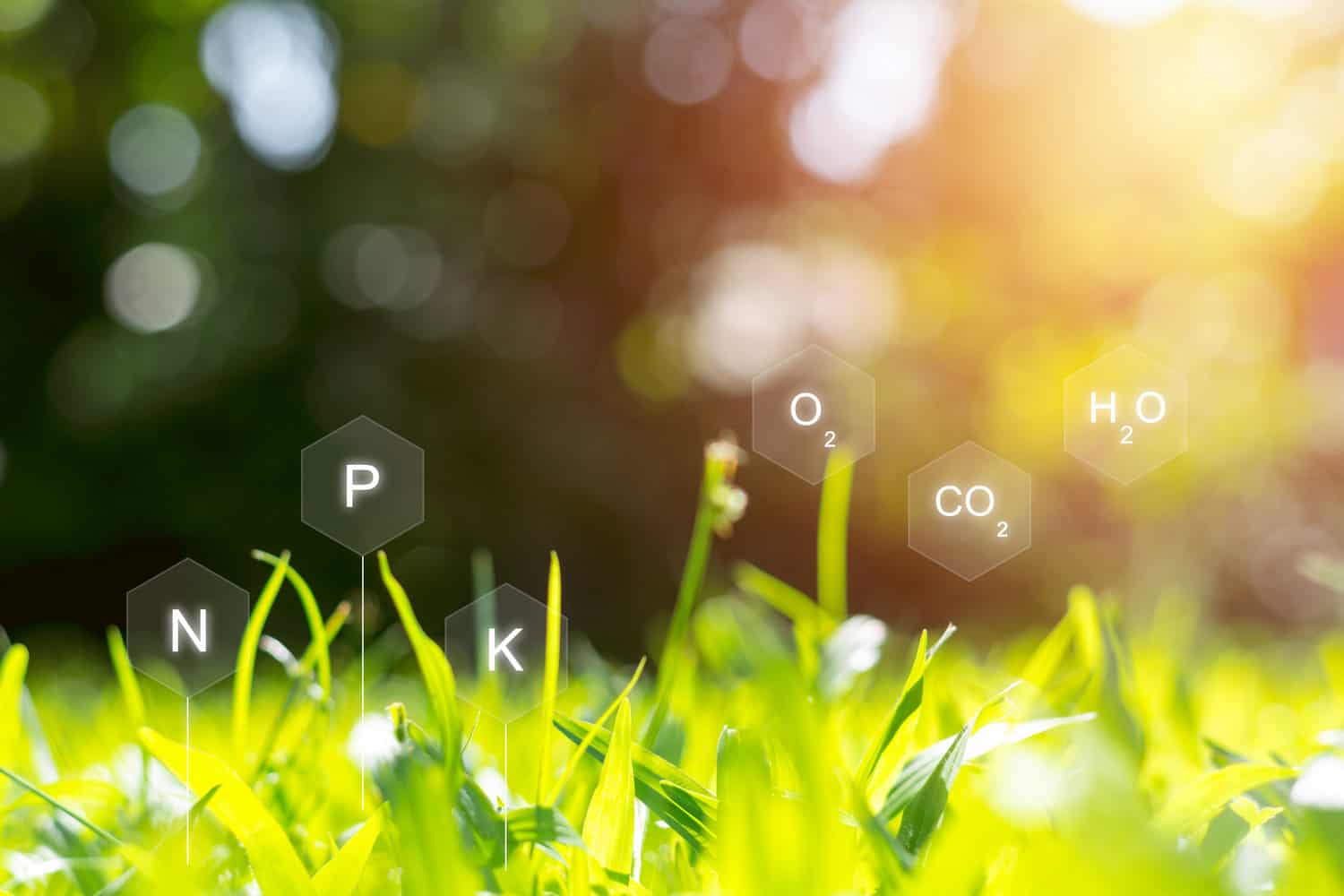
These are the basics in any and all fertilizers, but this formula in particular is mostly used for lawns, ornamental flowers and shrubs.
The N-P-K formula is very popular for a reason though, as it can be used to enhance the growth of most any plants out there.
Just keep in mind that too much of one of these can actually be very bad for your plants, so you’ll need to do your homework before you start buying them to make sure that you’re not harming your plants.
So, different plants require different percentages of the N-P-K formula, which is why you’ll need to see what the best one for your specific needs is.
Is 13-13-13 Good for Your Lawn?
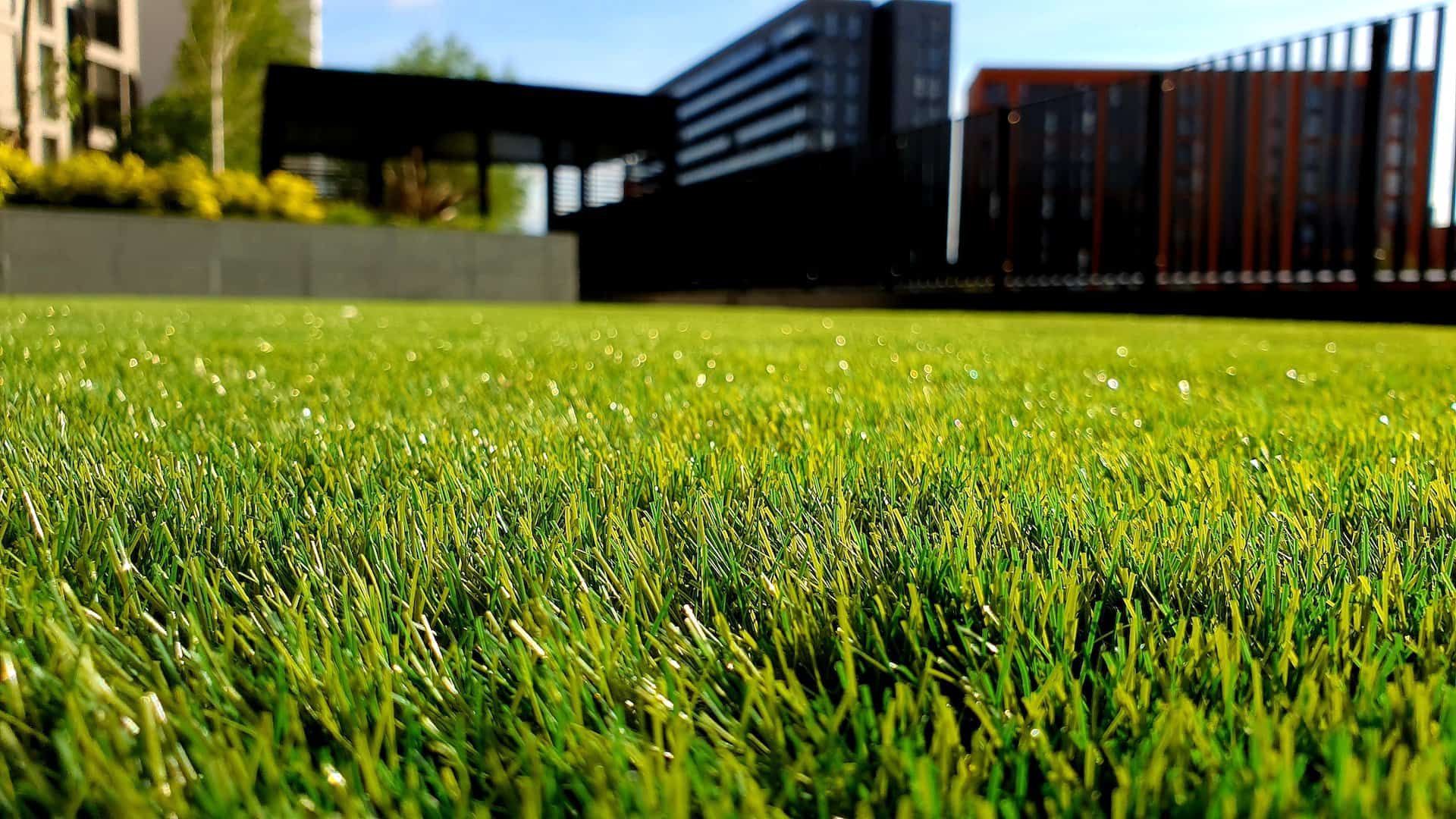
If you are specifically looking for a good fertilizer for your lawn, you should definitely consider investing into the 13-13-13 formula.
That’s because this is a great all-purpose fertilizer that will provide your lawn with every nutrient it needs to thrive.
As mentioned previously, it contains a decent amount of nitrogen, phosphorus and potassium, which in itself will make sure that your lawn gets a nice boost in confidence so that it may grow as lush and green as possible.
The 13-13-13 fertilizer doesn’t overpower your lawn either, as its N-P-K formula provides it with an equal balance of nutrients.
As such, this makes the 13-13-13 fertilizer the best option for well-kept lawns. Just keep in mind that you will need to mow, rake and de-thatch your lawn occasionally because of how much of a boost this fertilizer will provide it with.
The 13-13-13 fertilizer will also help to top off your lawn’s mineral levels, which will ensure the fact that your grass will have everything it needs to grow to its maximum potential.
Last but not least we should mention here that the 13-13-13 formula also breaks down very quickly, which is a massive plus for your lawn.
So, if you decide to use this fertilizer, you can easily expect your sad lawn to start shining brighter than ever before within a week after applying it.
Most other organic fertilizers tend to take a few weeks before they can successfully break down and start releasing their nutrients into the soil, but the 13-13-13 formula can do it in less than a week’s time generally.
How to Tell If Your Lawn Needs the 13-13-13 Fertilizer?
While it may be enticing to just start applying the 13-13-13 fertilizer as soon as you get your hands on it, we recommend that you first take your time and test the soil to make sure it needs it in the first place.
The thing about gardening is that you can tell if something’s gone bad, but at the same time you can’t actually tell what your lawn needs at that moment.
So, before you start applying the fertilizer, first test the soil out to make sure that it actually needs the 13-13-13 formula. Rushing through the steps will do you more harm than good.
This is very important to note because the 13-13-13 fertilizer contains a decent amount of nitrogen in its composition which can easily hurt the lawn if it doesn’t need that in the first place.
If you have dogs and they’ve been pooping around your lawn then you should already know by now that the grass there tends to turn yellow and die.
This is because that excrement has a lot of nitrogen in it, and overdosing on nitrogen will burn through the plant’s foliage in a matter of days.
At the same time, too much phosphorous and potassium can have adverse side effects too, so keep that in mind because making the wrong choice can easily kill your entire lawn.
Also keep in mind that if your soil is very nutrient deficient, then the 13-13-13 formula will not be anywhere near strong enough to get the job done.
But if you need a strong fertilizer to completely revitalize your lawn for example you should go with something like the 19-19-19 formula. Anything less in that case will not have enough power to actually get the job done.
Will the 13-13-13 Fertilizer Alter the Soil’s pH Levels?
This is a question that not enough people ask, but it is still a very important one that needs to be answered.
So, in case you didn’t know by now, any time you add something to the soil, you run the risk of messing with the soil’s pH levels.
If the soil is a bit too acidic, you can always just add in some wood ash. This is alkaline in nature, and it can easily bump up your soil’s pH levels in order to make it neutral.
Now that we got that out of the way, the answer you’re looking for is yes, the 13-13-13 formula will most likely alter your soil’s pH levels over time.
This is because nitrogen, especially if it’s ammonium-based, will acidify the soil to the point where it completely alters its composition.
Phosphorous on the other hand will usually lower the soil’s pH levels. Last but not least we have potassium, and while it can affect your soil’s pH levels, these effects are minimal at best.
At the same time, you should know that the soil’s pH levels can and will impact just how effective the 13-13-13 formula is.
So, if your soil is somewhat acidic from the get-go, chances are that you may first need to add in lime to make sure that the pH level is raised up appropriately before you start adding in more fertilizers.
Acidic substances will also ruin your lawn if the ground is already acidic, and the more you do so the less access to nutrients it’ll have.
So, what should you do then? Well, we always recommend that you use an at-home soil pH test to make sure that you understand what the soil needs first.
While this will be a bit of an expense on your hands, it’ll be worth it because proceeding without knowing what your soil needs can easily end up ruining your lawn.
How To Apply the 13-13-13 Fertilizer?
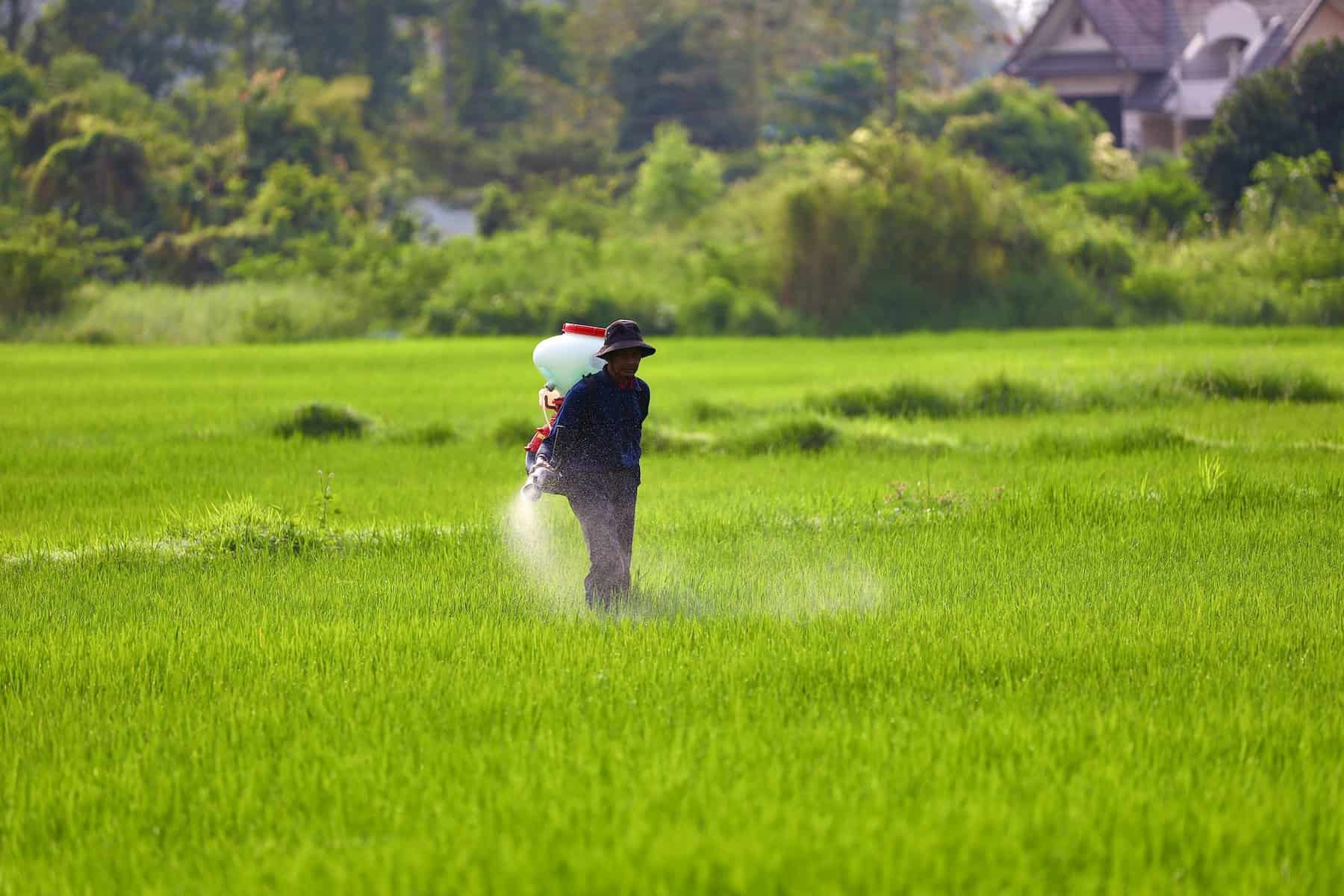
First of all, you should know that the Triple 13 fertilizer is the perfect fertilizer to use all year round. Its balance of nitrogen, phosphorous and potassium gives ornamental plants everything they need to grow.
The exact amount of it that you should apply though heavily depends on which plants you’re fertilizing at this moment.
So, in this segment we will be going over what you should expect to use when fertilizing all sorts of different types of plants, starting off with:
Annual Flowers
Starting us off we have annual flowers, for which you will need to spread 2 ½ cups per 100 square feet.
So, take the 13-13-13 fertilizer into the top two to three inches of the soil and then start planting the flowers as you would normally.
Every six to eight weeks or so though we recommend that you start spreading 1 ¼ cups per 100 square feet to maximize their growth.
Existing Ornamental Plants
This usually means shrubs, and for them you will need to spread around 2 ½ cups of granular 13-13-13 fertilizer and start applying it every 100 square feet.
Just keep in mind that the fertilizer should never directly touch the plants in the first place.
Around six to eight weeks later, spread ½ cup per 100 square feet and do so again and again until one month before the first frost arrives.
Bulbs and Tubers
For these, you should just take around three cups of 13-13-13 and spread it around per 100 square feet right before you start planting the bulbs.
You should apply the fertilizer on the top two to three inches of soil, just keep in mind that if you’re planting them in a row you may want to use 2 ¼ cups per 100 feet instead.
Take the fertilizer and put it in the trench that you’ll be putting the bulbs and tubers in, and then cover everything up with a round an inch of soil.
Next up just place the bulks and tubers on the soil. Again, the fertilizer should never come in contact with them.
Vegetable Gardens
When it comes to vegetable gardens, you should use around 2 ½ cups every 100 square feet right before you actually turn the soil for the new season.
Place the fertilizer around two inches from the plant in a trench and then cover it all up in soil.
The veggies that grow a long time such as corn and onions will need around 1 ¼ cups of fertilizer per 100 feet of row.
Trees
For the trees, you will need to add in three pounds per 1,000 square feet of canopy.
You can start applying the fertilizer right below the drip line.
Lawns
Last but not least we have lawns. When it comes to them, you should take around 1.9 pounds of 13-13-13 and you can start applying it using a fertilizer spreader.
You can do it again in the fall, just remember to never use it more than twice per year otherwise you’ll damage the lawn.
You should also water the lawns right after you put down the fertilizer. That’s because granular fertilizer needs a lot of water so that it can be activated and so that it can start the process of sending the nutrients into the ground.
We don’t recommend using liquid 13-13-13 fertilizer as it’s nowhere near as practical as its granular variant.
On top of that you will need to use a lot of liquid to cover the aforementioned areas, which is why you should always opt for granular 13-13-13 instead.
Different Types of the 13-13-13 Fertilizer
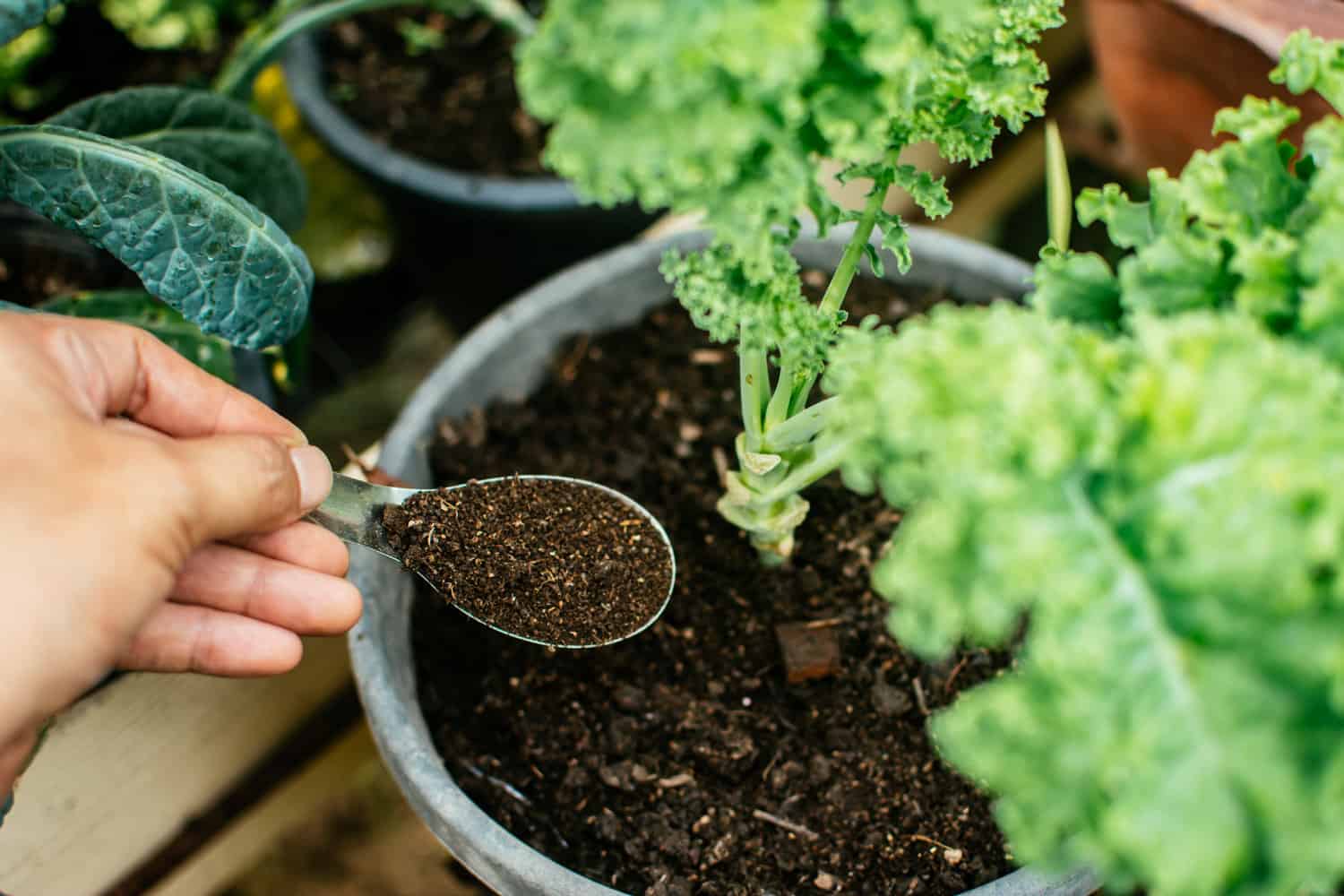
Regardless of whether these fertilizers are organic or synthetic, you should be able to find them in all sorts of different forms on the market.
Each of them has their very own set of advantages and disadvantages. Here is what you need to know:
Liquid Concentrate
First of all we have the liquid concentrate fertilizer.
This type needs to be diluted with water and it can be applied with a watering can, a hose or a sprayer.
Water-Soluble Powder
Powder fertilizer is special in that it can either be spread all around the base of the plants or it can be diluted with water and then sprinkled around.
Powdered fertilizers are very cost-effective, but because of how fast-acting they are, they can also cause root burn or leaching in some cases.
Slow-Release Granules
Slow-release granules can be used using a spreader.
Most of them need to sit on the lawn for as long as 48 hours before you can start watering them, although this isn’t the case for all of them.
Per usual, if they don’t have a weed killer in their formula, they can be watered right after you spread them.
Fertilizer Spikes
Fertilizer spikes are special in that they are actually hammered directly into the ground surrounding the dripline of the plant or tree that you want to fertilize.
You may also use fertilizer spikes in a garden bed, on your lawn or inside of a potted plant. Over time, they will break down and expose their nutrients to the roots.
Spikes are very easy to use and they are safe to use even if you have children, pets or random people walking around them at all times.
The only real problem with fertilizer spikes is that they’re quite expensive compared to most other fertilizer types out there.
Conclusion
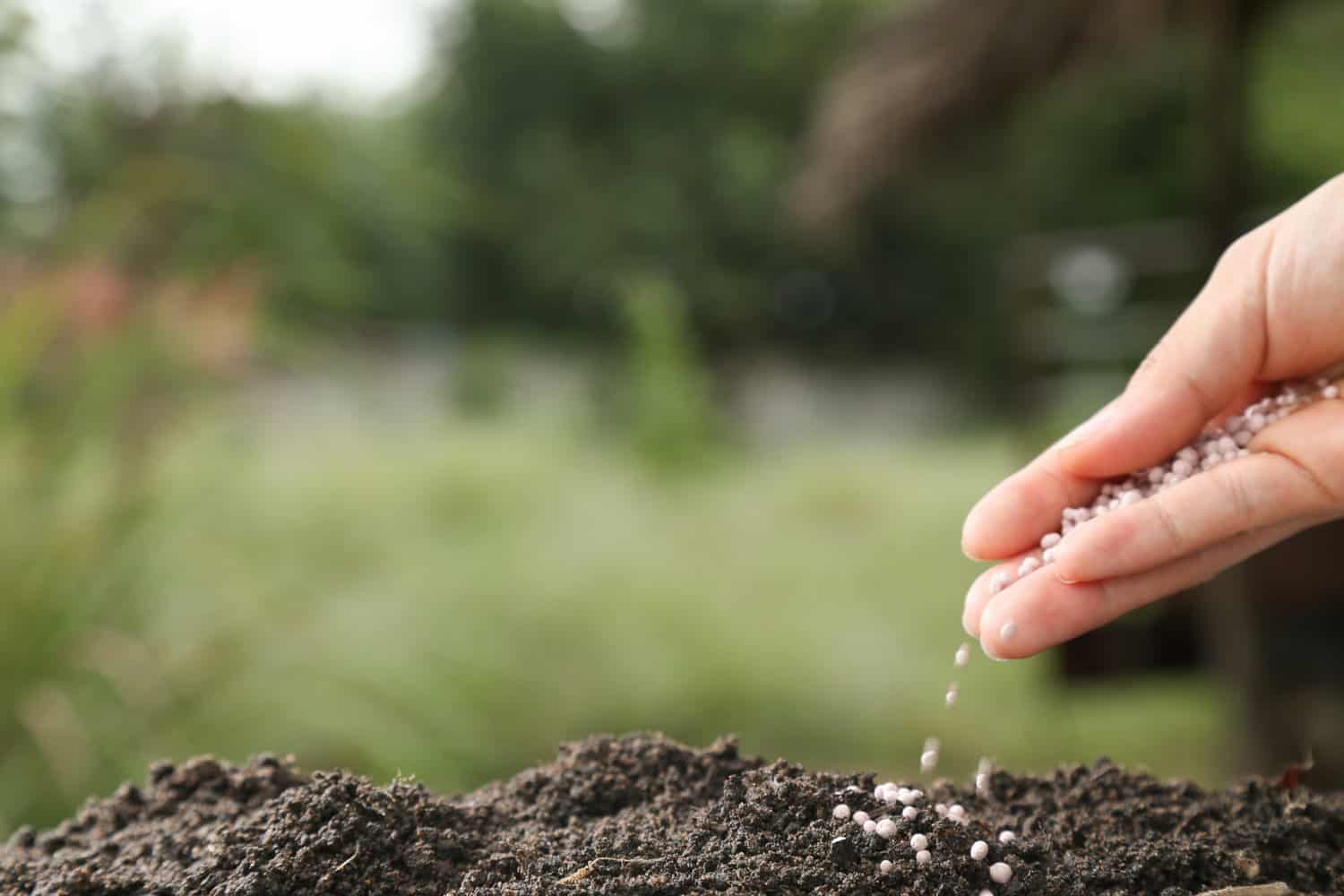
So, there you have it, that’s all there is to know about the 13-13-13 fertilizer.
While there are plenty of other options that you may use on your plants or specifically on your lawn, in a lot of cases this can very well be the savior that your plants have been looking for all along.
So, do your research and make sure that your plants need it, because again, if they don’t and you force it down their gullet, you’ll be doing them more harm than good.
Contents
- Why Should You Use the 13-13-13 Fertilizer on Your Lawn?
- What Do the Numbers in 13-13-13 Stand For?
- Is 13-13-13 Good for Your Lawn?
- How to Tell If Your Lawn Needs the 13-13-13 Fertilizer?
- Will the 13-13-13 Fertilizer Alter the Soil’s pH Levels?
- How To Apply the 13-13-13 Fertilizer?
- Different Types of the 13-13-13 Fertilizer

